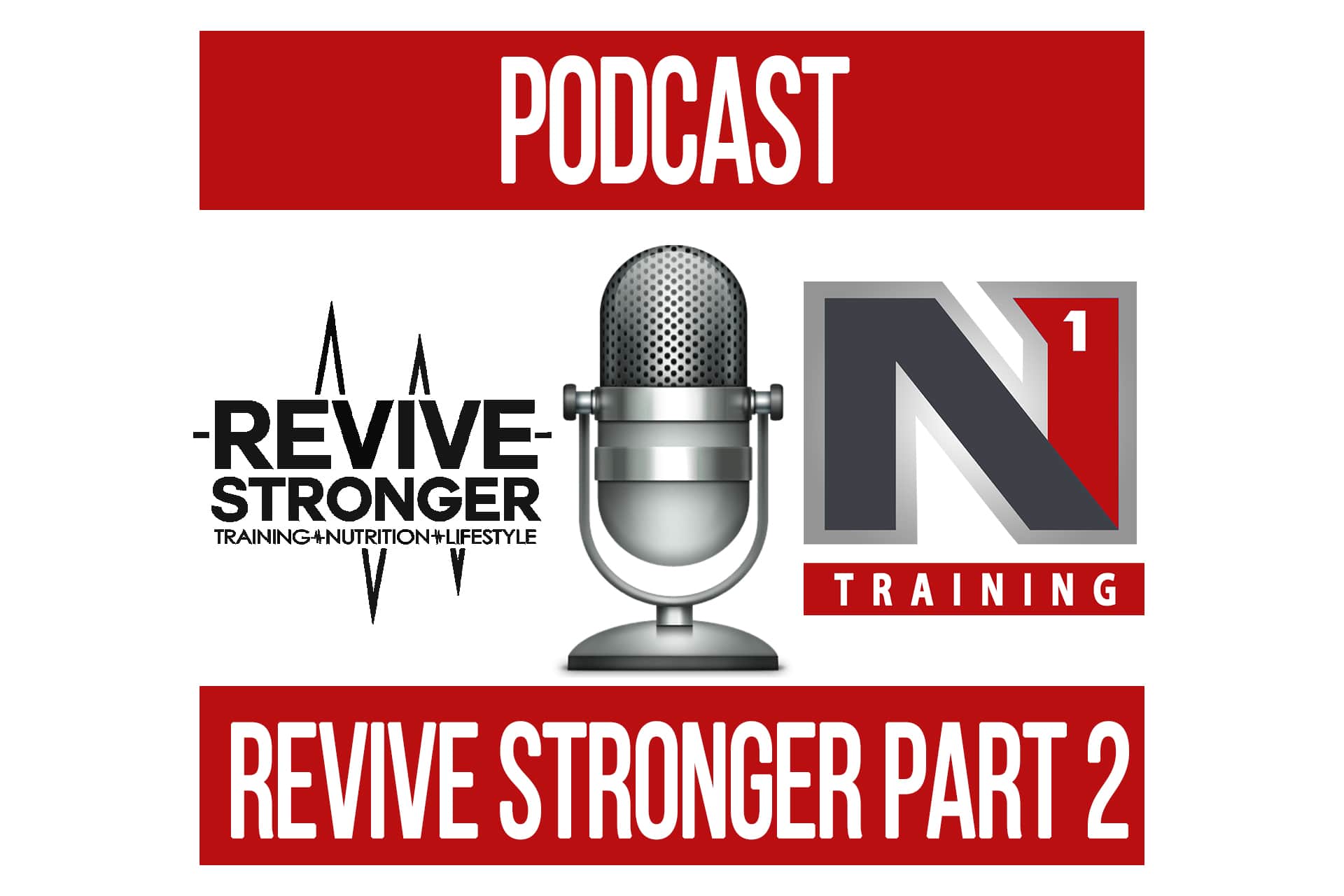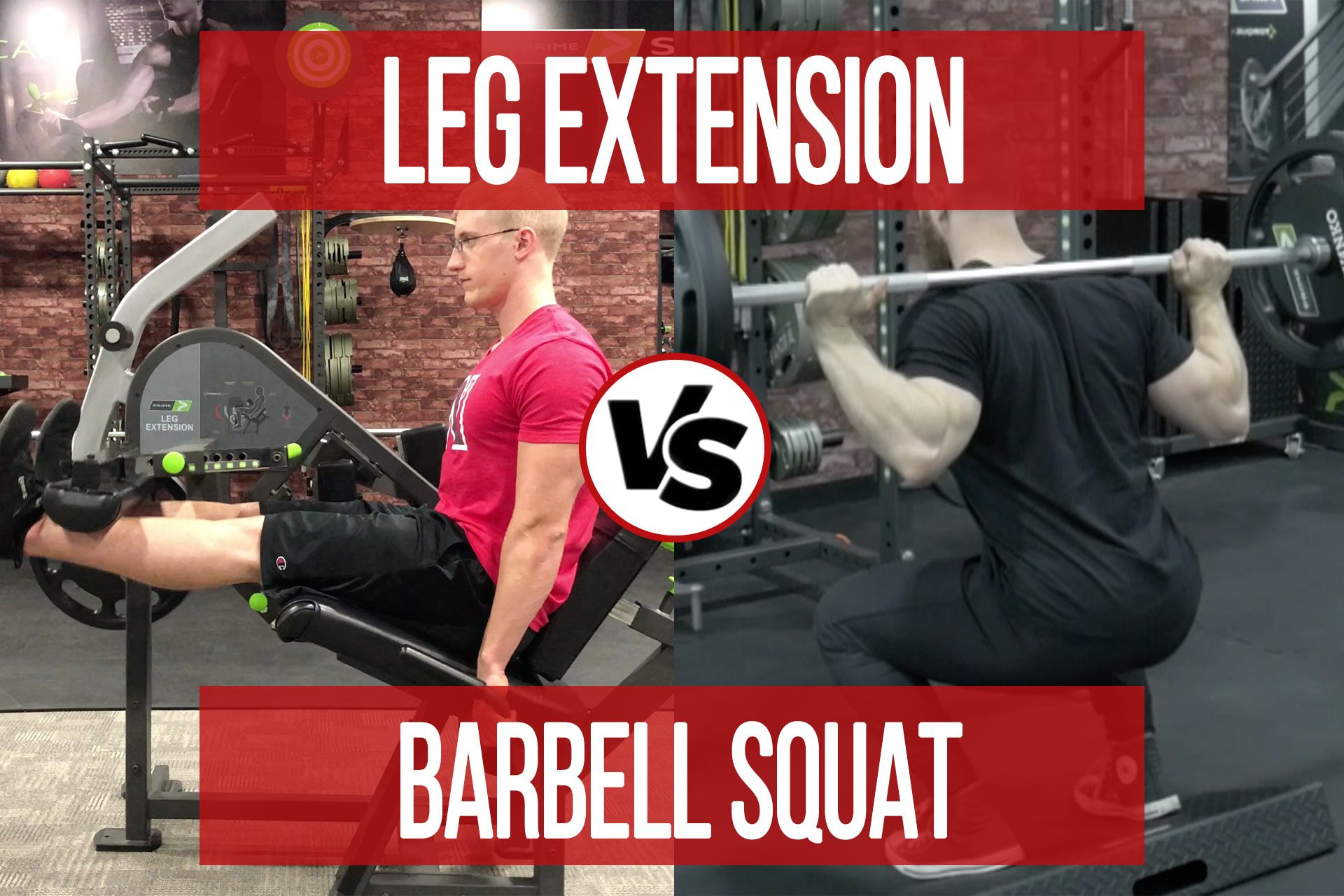Podcast: Bro Research Ep 20
n1 training
Bro Research Episode 20 - Is The Squat the Best Exercise For Quad Hypertrophy?
What is the muscular limiter for the barbell squat
Is it even a muscle?
Episode 20 Notes
“From these data, it is unclear if strengthening a single muscle group (e.g., knee extensors) would increase squat strength, as the strength of one muscle group does not appear to relate more strongly to squat strength than another…Net joint moments observed during the squat do not approach 100% of what each joint can produce in isolation…The relationship between individual joint strength and multi-joint strength may be highly nonlinear and paradoxical, owing to the increased degrees of freedom of multi-joint movements…Humans may be less than the sum of their parts when it comes to multijoint force production” Vigotsky et al. 2018
It seems like counter to what people think that by putting the barbell further away from the center of mass you are probably allowing for a more upright torso…until you aren’t. Meaning we actually see more and more erector spinae activity as you move the bar further out so the likely limiter here is just your ability to hold the position under increased fatigue and loading.
https://journals.lww.com/nsca-jscr/Fu…
and we probably can’t trust our eyes here for telling when people lose lumbar “neutrality” anyways.
https://www.ncbi.nlm.nih.gov/pubmed/2…
The glutes aren’t really working much in the bottom of the squat (the hardest part of the lift) in their lengthened position…it looks like that is primarily adductor magnus. So the glutes really wouldn’t be the limiter to extend the hip ever in the squat and wouldn’t even be used much until after 90 degrees and their force output above 90 is likely way more than anything we could put on the bar anyways.
https://www.ncbi.nlm.nih.gov/pubmed/3… https://www.ncbi.nlm.nih.gov/pmc/arti…
https://www.ncbi.nlm.nih.gov/pmc/arti…
https://www.researchgate.net/publicat… https://www.ncbi.nlm.nih.gov/pubmed/2…
Could the muscular limiter in a barbell squat variant ever really be the quads? We generally see people tip forward as they start to fatigue out later in a set. Regardless of the squat variant and for the vast majority of people the torso starts to incline more and more as fatigue and load are progressed. It becomes more and more low barish.
The ironic counter-argument here is that if the quads are just not strong enough you are going to your low back. And here we get into the heel lift and increasing knee flexion literature which on occasion looks to change torso angle but not much else.
However, ankle dorsiflexion does seem to be the limiter in your ability to stay upright in the squat. BUT most people don’t use max ankle dorsiflexion when they squat anyways so if they are not taught how to actually use the new available range of motion they will just do the same squat they did before in more expensive shoes and most people are just not able to maintain that upright torso position in the face of increased weight and fatigue anyways…and for some of us the ego hit in squatting with less weight in a completely different manner is just to difficult because of all the associations and beliefs we have built around our squat. Also, some of us are so strong in that more hip dominant pattern that we will revert to it and get the hips back whenever things get tough.
https://www.ncbi.nlm.nih.gov/pubmed/2… https://www.ncbi.nlm.nih.gov/pubmed/3… https://www.ncbi.nlm.nih.gov/pubmed/2… https://www.ncbi.nlm.nih.gov/pubmed/2… https://www.strongerbyscience.com/sit…
Which leaves us with is the limiter the adductor magni and/or the erectors ability to just keep us from facepalming the ground and if we want to seriously train the glutes and the quads would be better off just hacksquatting because that is what it looks like people are creating with the heel lifts and speciality bars anyways.
https://www.ncbi.nlm.nih.gov/pubmed/3…
If we have no sacred cows and our goal is hypertrophy how do we best load and train the quads and glutes in the lengthened position? Also, the research in untrained subjects probably doesn’t help us here because they are going to get a growth stimulus regardless from these multi-joint lifts even not training close to failure at 50% 1RM because they will likely get sufficient motor unit recruitment just by lifting with intent.
https://www.ncbi.nlm.nih.gov/pubmed/3…

Popular Pages
Learn & Train With Us
Add N1 Training to your Homescreen!

Please log in to access the menu.





